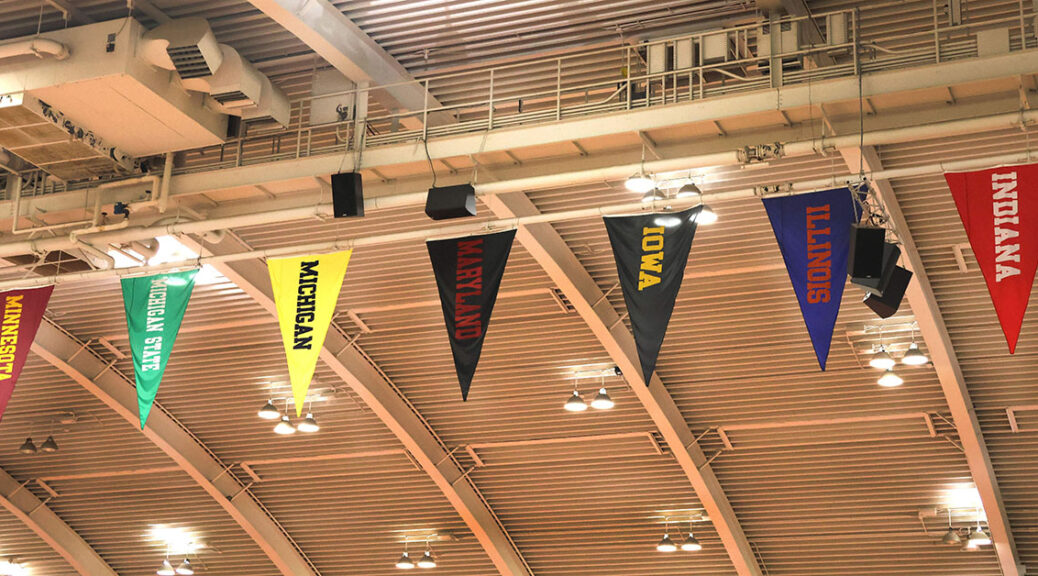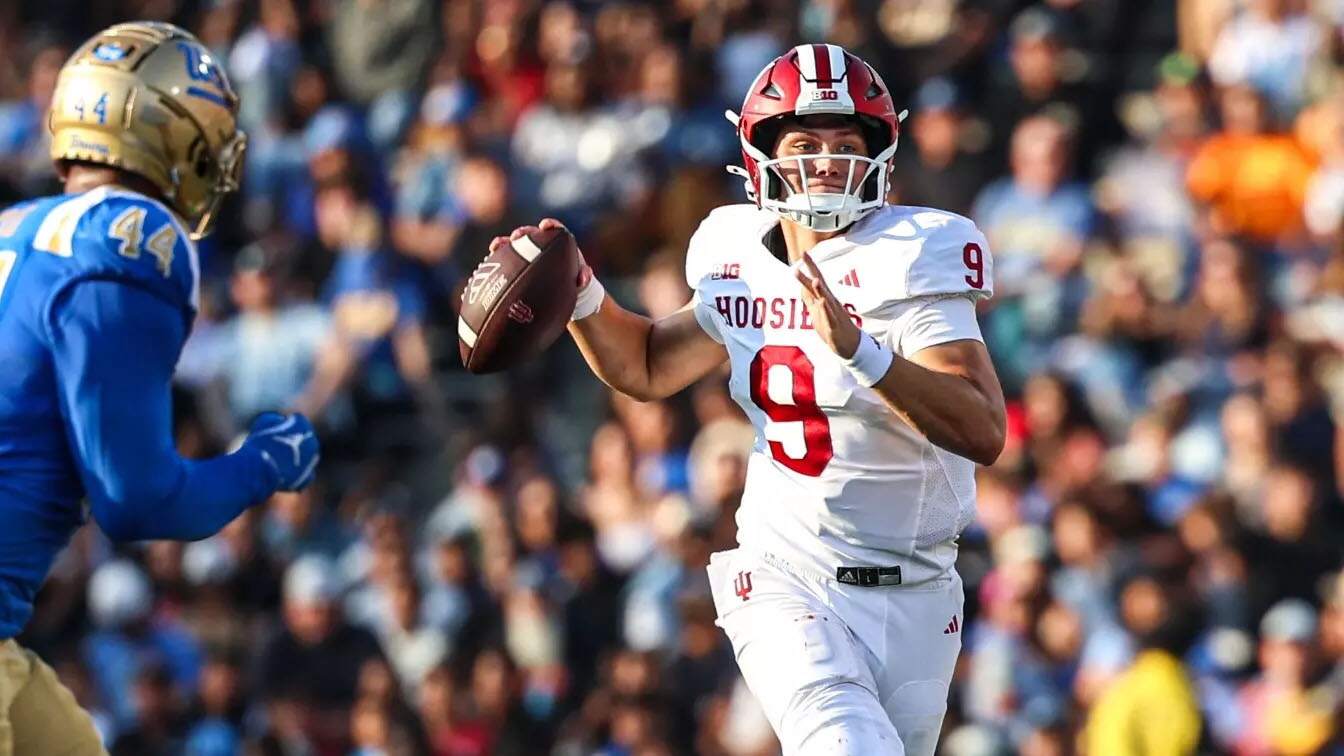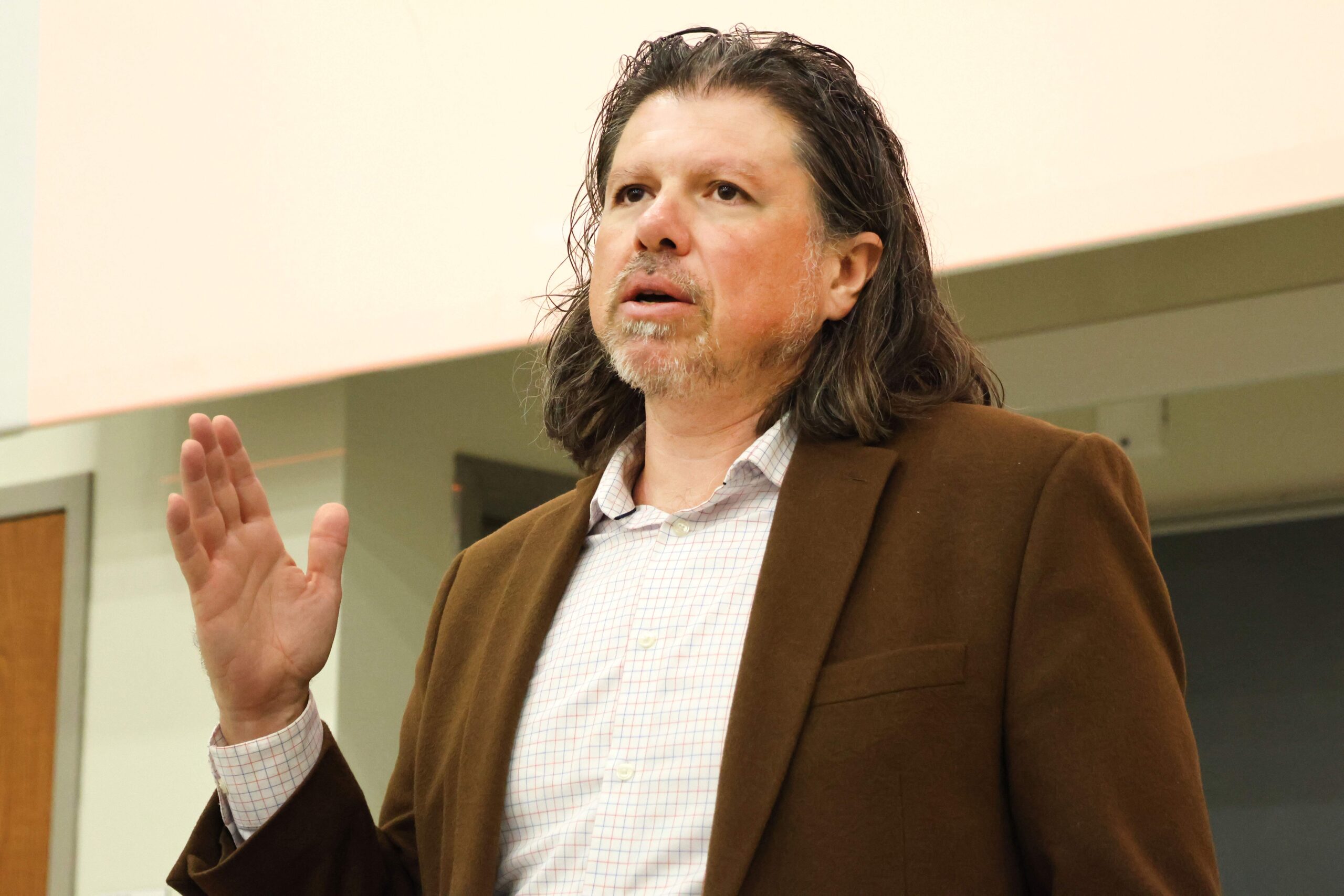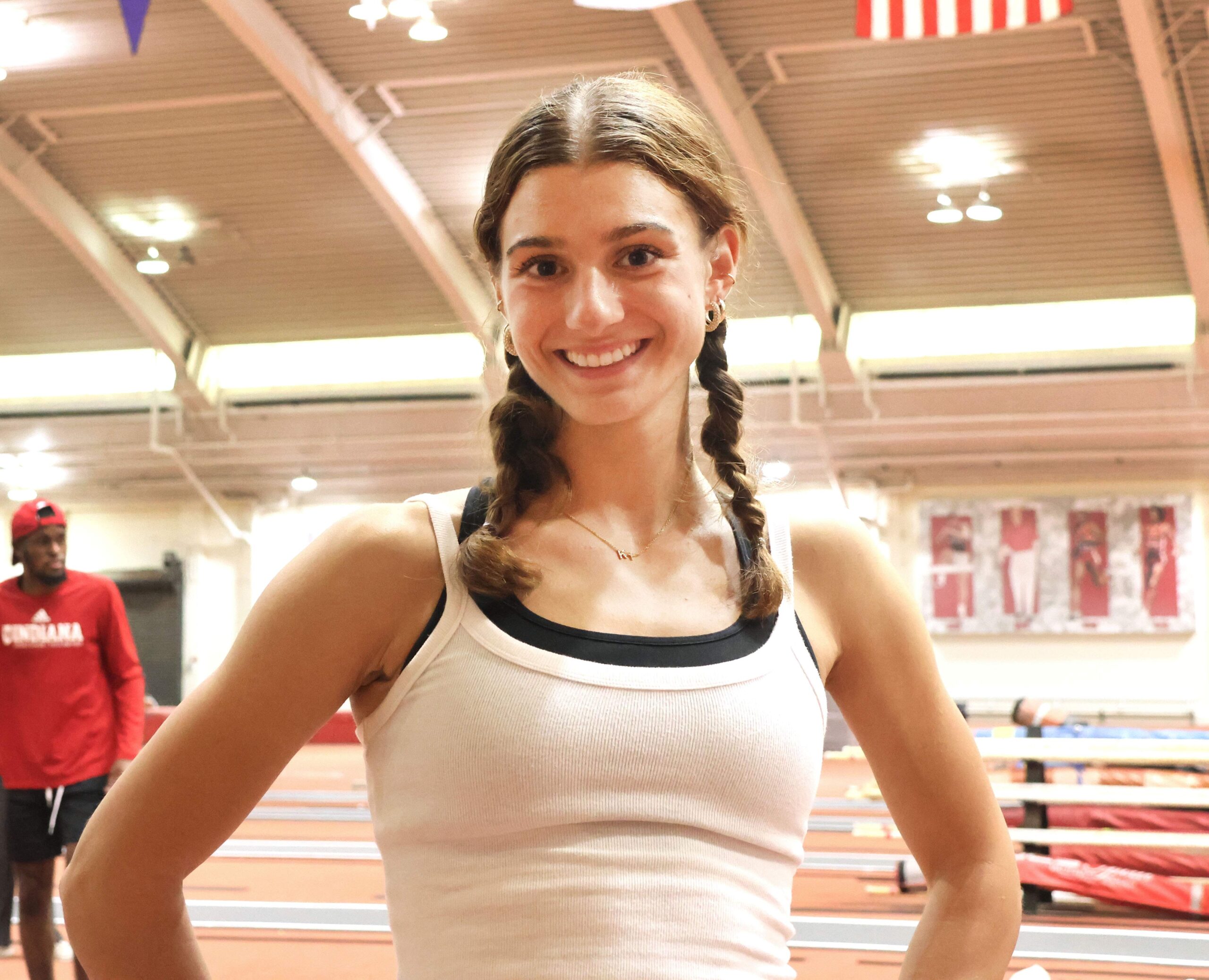
International Students Face Adversities Amid Rising NIL Opportunities In College Athletics
By Reagan Wilmot, Margaret Kirkpatrick and Olivia Gee
BLOOMINGTON, IN (Nov. 5, 2024)
An international student says goodbye to their family and friends, steps onto the plane and touches down in a foreign country unknown to them. They try to adjust to a new place, navigating school, friends and an intense schedule as a D1 athlete and cannot help but notice the differences between them and their teammates who have lived here forever. For decades college athletes have dedicated their lives playing a sport on the collegiate level and received little in return, but for many athletes this is changing.
NIL has become the rising question within the college athletics community. This rise has created questions from audiences and participants of its qualifications, restrictions, growth and more. With these varying questions, many are faced with the main question of “What is it?” NIL, Name, Image and Likeness, describes the means of how students participating in collegiate athletics are able to receive compensation for themselves. The main reward being financial opportunities. Overall, this new ruling allows for college athletes to receive financial compensation, brand building, engagement with audiences and a jump start on developing a career. The introduction of NIL into collegiate athletics has opened hundreds of opportunities for college students who have devoted time to competing in their sports. This new ruling has not only created benefits for athletes but the sports industry as a whole. Several jobs have been created in the athletic departments to help athletes with managing brand deals, jobs, media status and more.

There’s no doubt that NIL has opened doors for collegiate athletes, the question is to what extent? NIL has benefited the lives of thousands of student athletes, giving them the opportunity to profit off of their names, images and likeness. Caitlin Clark, former Iowa women’s basketball player made an estimated $3 million during her time at Iowa. Arch Manning, current UT Austin football player, has a valuation of $3.1 million. The benefits of NIL have changed both college athletic programs and collegiate athletes’ lives, as Dr. Clavio, associate Dean for Undergraduate Education for The Media School explains, “athletes capitalized almost immediately off of publicity”, but what about the athletes who cannot benefit from NIL?

As colleges begin to grow their numbers, the influx of international students expands as well. This influx then allows collegiate sports to increase their diversity in athletes. However, with NIL, these international students are experiencing issues that their teammates may not be. Due to federal regulations, any individual who does own a visa cannot work to earn money while in the United States. Federal visa laws control this regulation rather than individual universities or separate organizations. This means that any United States citizen that is participating in a collegiate sport can benefit from their name, image and likeness while non-citizens cannot. This creates conflicts for international students as they continue to perform in their sport while their teammates earn money, a larger media presence and overall more opportunities.
Kristina Vicnic, member of the IU track and field team, has faced unique challenges in pursuing NIL deals due to her international status. Vicnic, who came to Indiana University from Ontario, Canada, described how she was recently approached by two local companies in Bloomington to help promote their businesses and receive gift card credit for her posts. Vicnic was excited to receive the opportunity to benefit from her image, but due to her international status she says she “had to decline those offers” as she is not able to “be paid” nor post for these companies while residing in the United States. Vicnic is on an I-20 student visa. This only allows her to work up to 20 hours and because she is a student-athlete for 20 hours, she essentially is prohibited from working at all. Kristina Vicnic and all other international athletes are dedicating their lives to play a sport at the collegiate level and on top of this, they are leaving behind their families and friends. When asked if she thinks the NIL landscape will change in the future to accommodate international athletes better, Vicnic expressed her hopes saying “I would hope it does, as an international student-athlete, I would love the opportunity to be involved with my college community just like my peers. I think it would be a great networking opportunity and open doors for us”. Vicnic and thousands of other international athletes recognize the opportunity that NIL brings for collegiate athletes.

The introduction of NIL into collegiate level athletics has transformed college athletics entirely. NIL has and will continue to make a lasting impact on college athletic programs and athletes’ lives. International athletes devote their lives to play on a collegiate level in a country entirely new to them. They are putting in the same amount of time and effort as domestic athletes, but lack the same opportunities their teammates are receiving. As Dr. Clavio expressed, NIL is a “deep and complicated topic”. This lack of opportunity for international athletes is one of the aspects that makes NIL so complex. It’s important to acknowledge that there’s room for improvement within the concept of NIL in college athletics. Why shouldn’t international athletes be receiving the same opportunities to benefit from NIL like their teammates?
Bloomington residents give their opinion on NIL concerning international students within collegiate athletics.
###

